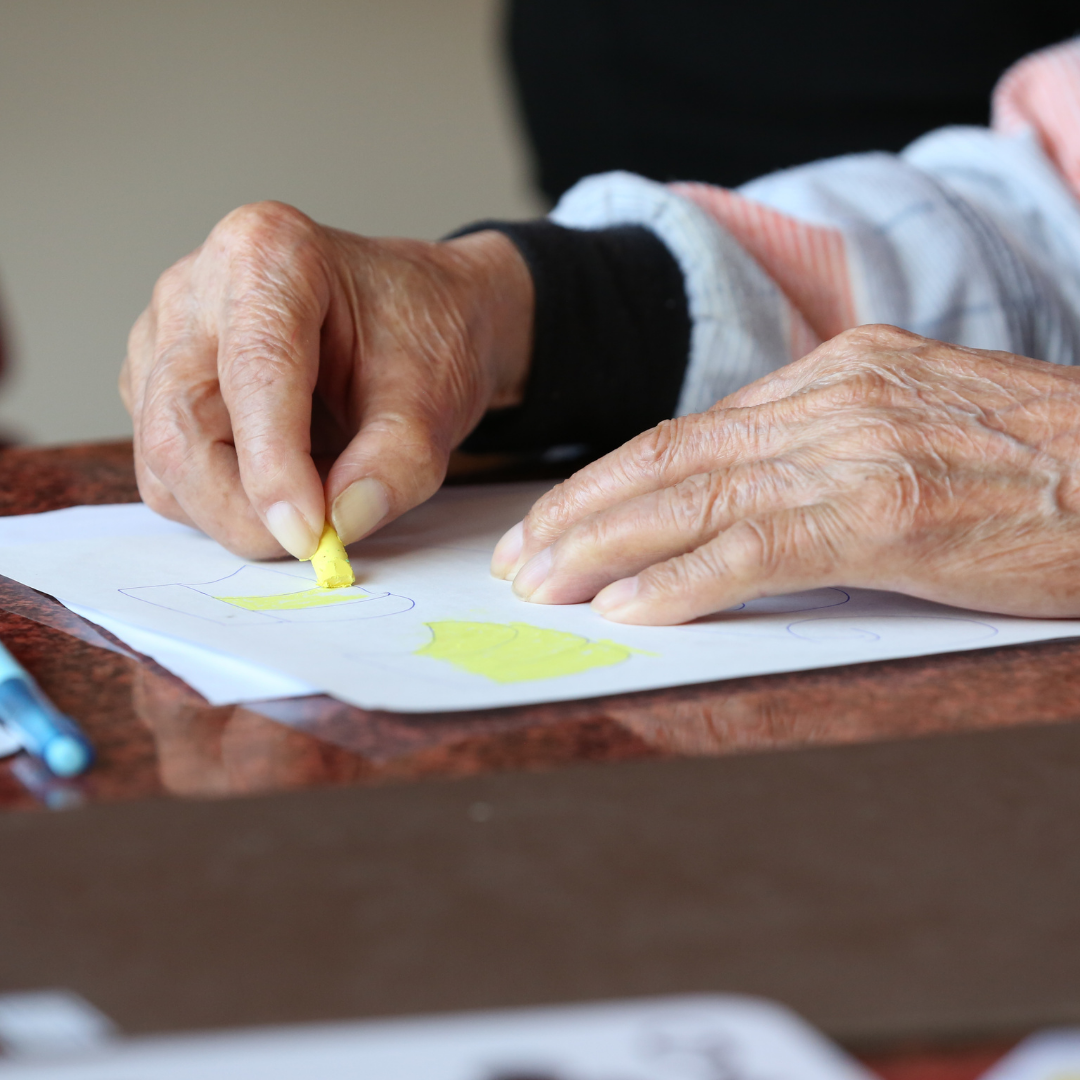There are a lot of interesting things happening in hospitals these days. Some of them are quite surprising and praiseworthy. For example, the ability to order food and to order medicine. Even the ability to order flowers!
Besides these, one of the most interesting things happening in hospitals nowadays is the initiative to reduce the use of paper for medical records. Hospitals nowadays are adopting greener and smarter alternatives. They often use something like Electronic Medical Record Software (similar to the ones offered by www.patientnow.com/emr/). This software can now be used for all medical record-keeping tasks that were previously performed on paper. It also offers many other benefits. For instance, this software can be used to access patient records quickly for more effective and coordinated care. Plus, it can reduce medical errors and help hospitals diagnose patients more effectively.
However, one thing seems to be missing in today’s hospitals: artwork.
Hospitals provide a lot of services for a lot of people. Many of these people may not have the ability to pay for a hospital’s services. This is where the art program comes into play. It is a program that allows hospital patients to have the ability to express themselves through art. This expression can help them better understand their condition and help them cope with their diagnosis.
Hospitals have been known for undergoing expensive and elaborate renovations to improve their patient experience. But do we know whether these renovations are worth it? Are these improvements providing the physical and mental stimulation that patients need to recover successfully?
Hospitals have been notorious for their care and design. One of the ways to improve medical care is by making use of a patient care experience platform and hospitals have been lagging when it comes to that and art. So, what are the benefits of art in hospitals?
Hospitals in the United States are renowned for their sterile and clinical environments. They are often populated by nurses who are well trained in the technicalities of their profession, but it is difficult to create a space that is both engaging and appealing to the patient. This poses a problem for hospitals since art can help patients relax and develop a sense of connection and stimulation. Art can help ward off the effects of hospitalization by providing a distraction from the clinical setting; it can also help inspire patients and improve their morale. For this reason, rehab centers where people go to get treated for stressful issues such as drug and alcohol addiction, possibly similar to Arista Recovery in Kansas City or even therapist’s offices, may find that using art on their walls is beneficial to their paitents.
When people think of a hospital, they usually think of bland, sterile, and technologically advanced white walls. Sentries and nurses stand guard behind their bulletproof glass and equipment like wheelchairs, ventilators, and other technological wonders at the ready. What many don’t know, however, is that hospitals have abundant art to decorate their halls; and while they may not be as beautiful as the works of famous painters, they are amazing works of art in their own right.
The benefits of art are well-documented, but what are they?
Take, for instance, the calming effect it has on patients. A cross-sectional study published in the journal Stress and Health found that, compared to individuals who were not exposed to art, those in a hospital room with a painting on the wall reported less anxiety, depression, fatigue and pain, and better sleep quality. Another study showed that volunteers who viewed a room painted with black-and-white art or artificially illuminated plants reported feeling more relaxed than those who viewed rooms with color.
Hospitals are places that one may visit to receive medical treatment. Even though hospitals are meant to provide the best medical care possible, they often do not have enough resources to do so. Some hospitals are even too small to make necessary repairs, while others lack sufficient financial resources to purchase the equipment needed. However, some hospitals have found ways to use art to make them more entertaining and also more beneficial.
Art has a calming effect on many, and that is especially important in hospitals. Today, art touches lives in many ways: it can help patients with PTSD and depression, increase their self-esteem, and reduce their pain. Depending on their age, they can also combine this with other forms of stress support, like exercise, and CBD (they can search for the Best CBD gummies UK products online or speak to their doctor about it), as well as try other types of therapies that can support them. As the benefits are obvious, though, someone has to pay for it. In many hospitals, art is provided at no cost.
Art therapy has a long history as a tool to help people with a wide range of problems. It has been used by medical professionals since the 1930s, but it only made its way into hospitals in the early 2000s. There’s a lot of debate about the benefits of art therapy. Still, most doctors think art therapy is a good way to treat patients’ pain, promote healing and social interaction, and improve the patient’s overall mental health.
